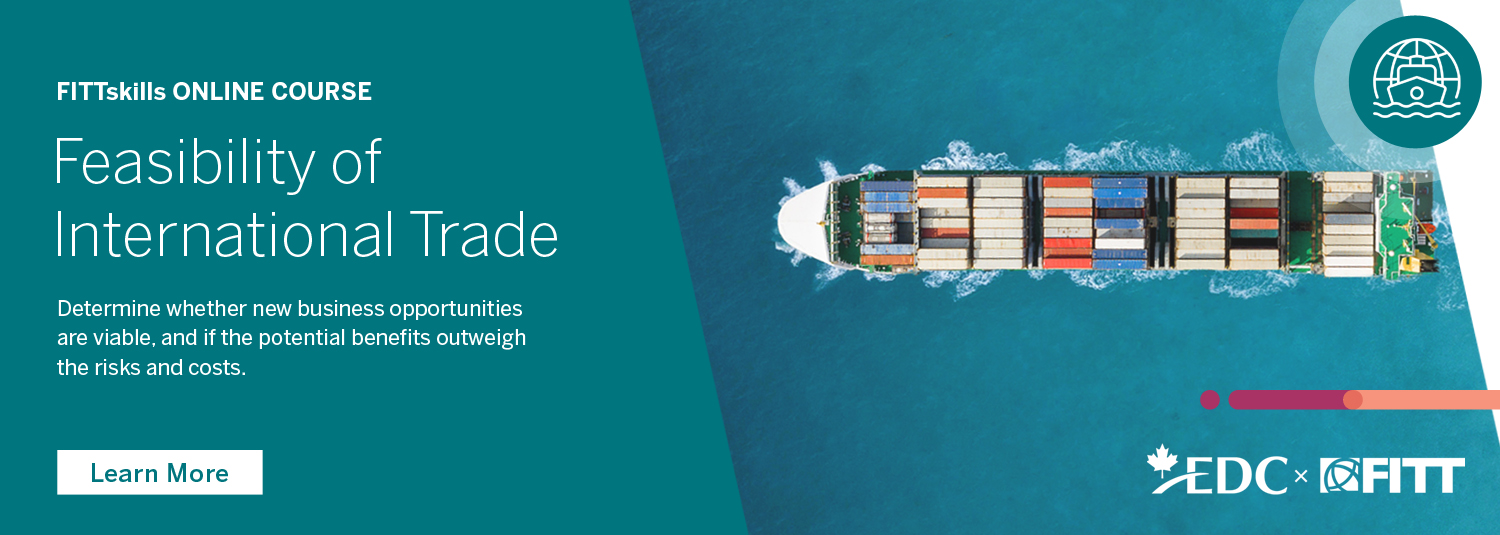
The greatest inventions, political and social advancements and maximum profit-making endeavours in human history have originated in the minds of people. They all start in the same place: as an intangible idea.
Intellectual Property (IP) is an essential and valued resource. From patents and copyrights to industrial designs and trade secrets, IP can be the distinguishing factor and main driver of revenue for an organization.
It is critical for organizations to recognize IP as a valuable corporate asset and to mitigate potential risks associated with IP infringement in order to ensure business viability within both the domestic and international target markets.
Intellectual Property is a general term for the set of intangible assets owned and legally protected by a company from outside use or implementation without consent.
The World Intellectual Property Organization (WIPO)—the UN agency mandated to advance the development and protection of IP internationally— defines IP as: “…creations of the mind: inventions, literary and artistic works, and symbols, names, images, and designs used in commerce”.
The owners of IP rights may use, sell or license them to others.
IP is traded every day between people, nations and industries to the benefit of the global economy. Every effort must be made to protect their owners’ rights while simultaneously advancing their shared accessibility.
Overseas, products are counterfeited on a mammoth scale or re-engineered with small changes and then patented as if they were new inventions. Because much of the theft is not counted, estimates of the total vary. In 2010, the commander of the U.S. Cyber Command and director of the National Security Agency, General Keith Alexander, stated that, “our Intellectual Property here is about USD 5 trillion. Of that, approximately USD 300 billion [6%] is stolen over the networks per year.” He later called the theft “the greatest transfer of wealth in history”. However, IP that is stolen over the Internet constitutes only a portion of total IP theft.
Want to learn more about mitigate possible risks by developing and implementing strategies and activities to monitor and manage them? Check out the FITTskills Feasibility of International Trade online course!
Develop Options and Select Strategies
For those ventures that contain significant IP risk, the organization will develop strategies to reduce or transfer this risk. In many cases, organizations will want to access or hire specialists in this area who can assist them in identifying current and workable strategies for their IP protection needs.
1. Registering Copyrights/Trademarks and Applying for Patents
Organizations may need to register any relevant copyrights/trademarks and apply for relevant patents in the target market(s). Every target market will have its own rules and processes. For more information on how to register copyrights/ trademarks and apply for patents in a particular market, organizations may engage a trademark or patent agent or the Intellectual Property office of the target market. Once a market has been chosen, the timing of these applications can be critical, so the application process should be initiated as soon as possible.
2. Establishing Contractual Security
Organizations may seek to protect their IP through carefully constructed legal contracts. Contracts that protect IP include the following features:
- Non-disclosure agreements (NDAs), ensures that employment agreements, licenses, sales contracts and technology transfer agreements protect IP from the onset
- Clauses covering IP, such as a clear ownership clause
Once the contracts are established, organizations should regularly engage with their business partners to emphasize the importance of those clauses to the ongoing business relationship, and to ensure that partners fully understand what those obligations mean for both parties.
3. Implementing Security Measures
Organizations may want or need to strengthen their security procedures when getting involved in a new international venture. This can help to quickly identify unauthorized or malicious activities by internal and external parties. Security strengthening practices can include the following examples:
- Conducting background checks on key personnel/partners
- Restricting IP access to essential parties, contractors or supply chain partners
- Prohibiting unauthorized copies of IP, e.g. on USB devices, shared network drives
- Encrypting all IP that is transmitted digitally and electronically
- Physically locking areas where IP is stored
4. Acquiring Insurance
Organizations may want to transfer some of their IP risk by acquiring insurance. Intellectual Property Insurance typically protects against the significant legal costs that will need to be paid if an organization pursues its IP claims through the court system. It can cover both enforcing and defending claims:
- Enforcing claims against infringers who breach the organization’s IP: Legal costs relating to IP breaches includes damages, such as loss of profits or reputation and settlements to any IP right domestically or internationally.
- Defending infringement claims made against the organization: This includes infringement claims against the organization as well as claims made against its customers or licensees. Infringement claims often refer to a violation of a copyright or some other type of IP theft. The claims are often based on plagiarism, meaning someone steals the creative work of another person.






disqus comments